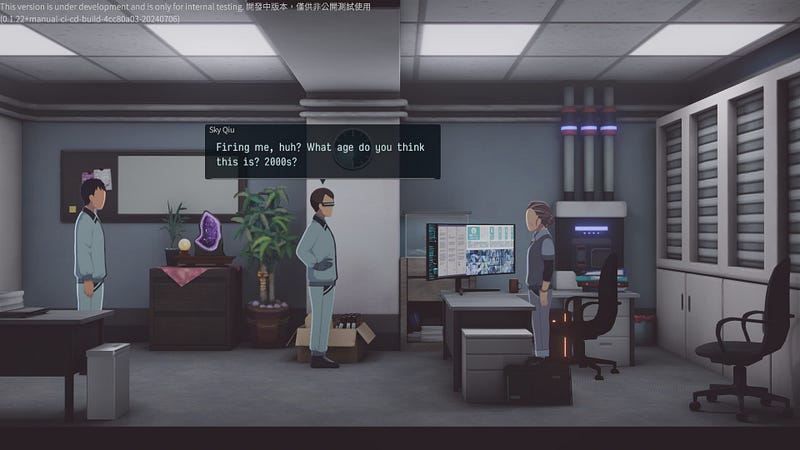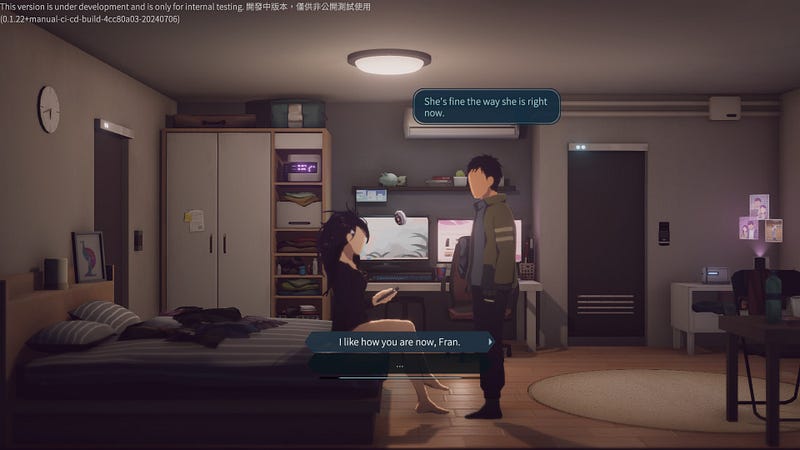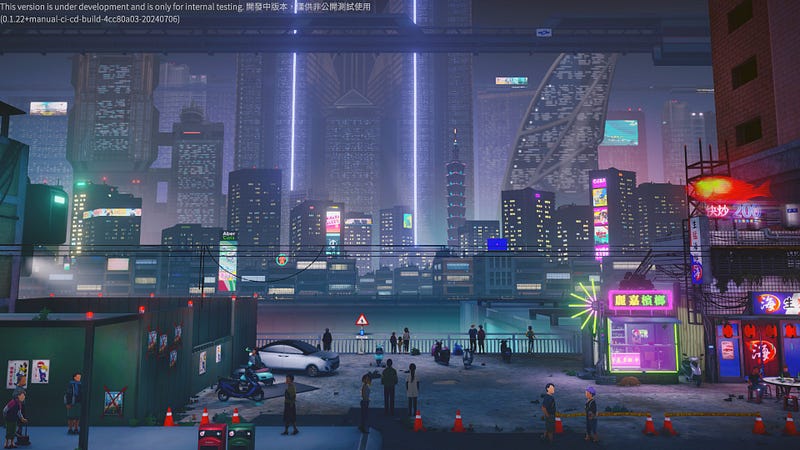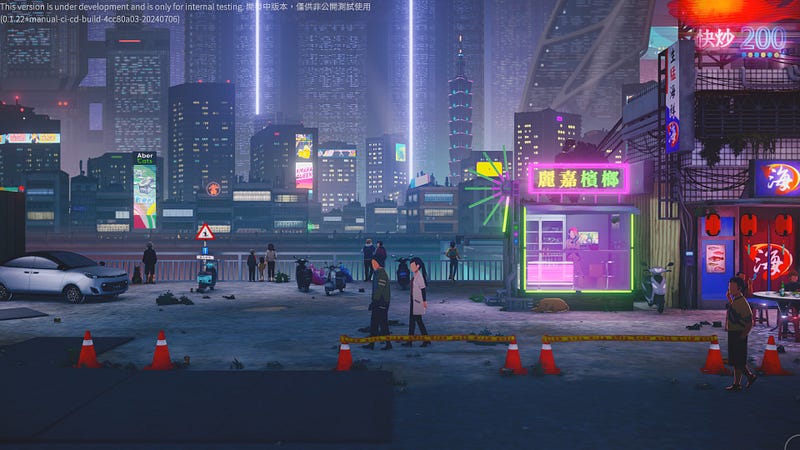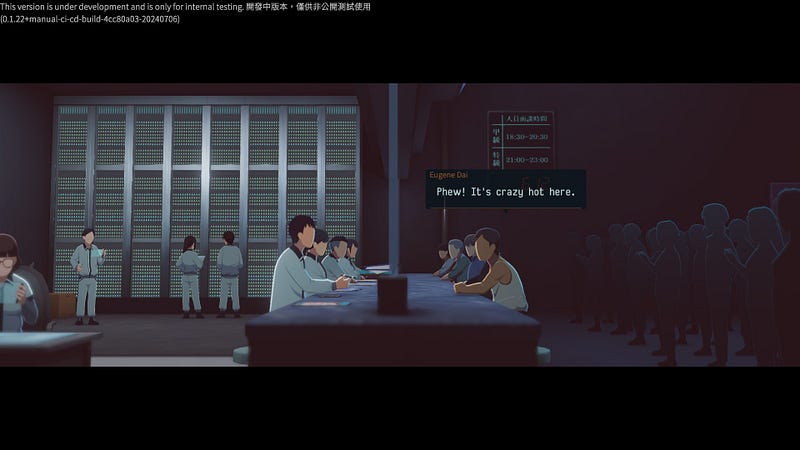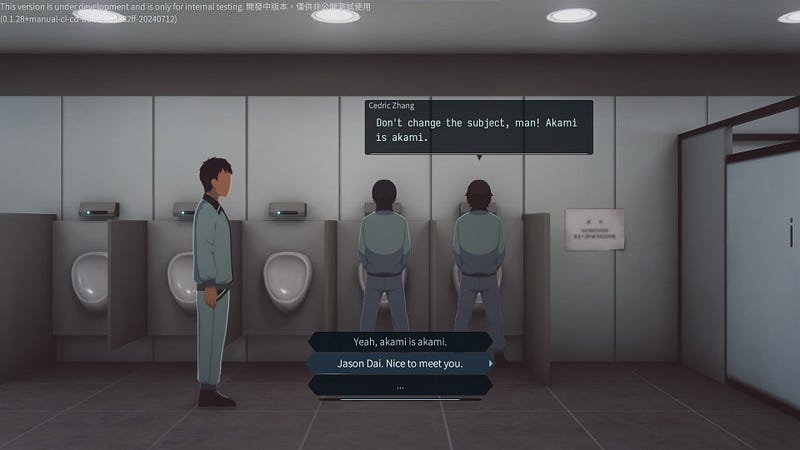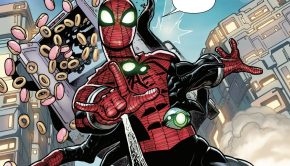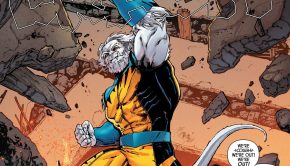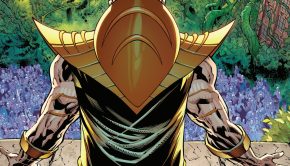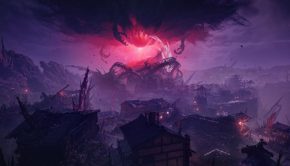Minds Beneath Us PC Review @BearboneStudio
Summary: A slow burn, Minds Beneath Us is a memorable dystopian sci-fi thriller in every individual component besides its gameplay.
4.5
Do it for her
With its roots in new wave fiction 60 years ago, the cyberpunk genre slowly but surely seeped its way into every form of media imaginable. In doing so, it’s taught whole generations of people to not just enjoy the night sky, but the blinding neon gases below it. It’s capitalised on having a beautiful world aesthetic that gives breathing room from an otherwise uninhabitable nightmare.
Minds Beneath Us is a side-scrolling adventure visual novel. The entire game takes place on a 2D plane, with either the right stick or the mouse used to look around and analyse objects in the game world. Most of the time these are optional but expand the world a little more. In addition to talking to main characters for story progression, many unrelated conversations revolve around the city and its people, some of which will eventually involve the player if they hang around. There are plenty of small, optional side stories like this which I recommend doing where you can.
The player assumes the role of Jason Dai — quite literally. After the introduction, the player-controlled consciousness, dubbed “MBU”, ends up stuck in Jason’s body, with the real Jason only able to communicate through his thoughts, or directly with you when his body is asleep. MBU commandeers Jason’s body on his first day at work at a decaying and obsolete flop farm, the many of which power the dystopia of futuristic Wanpei. This flop farm, Silencio, is a hot topic of political and internal debate and conspiracy. Worse still, the higher-up that’s overworking herself to expose the corruption… is your loving girlfriend. Over five days, Jason finds himself not just meddling, but digging further and further down the rabbit hole of discarded morals until there’s no light anymore.
The story unfolds over six chapters, but its bookends are shorter. Chapters 1 to 4 are the real meat of the story, and last 2–4 hours each at least, depending on your reading speed and building navigation. The pacing is very slow, with sporadic bursts of tension and action, all of which made me jump to attention. The story often moves at a snail’s pace, but when it picks up, it picks up unbelievably hard. Most characters feel fleshed out and full of individual personality, and when things get as stressful as they possibly can, their strong writing and the circumstances will have you on the edge of your seat.
Most of the game takes place on the farm, with sections back at home before and after. There are four floors to the farm, but your time will be mostly spent on the homogenous upper two. Many of your tasks are simply going back and forth and talking with people, but this opens up a little in chapter 3, where you can choose to find other ways to achieve your goal than the paths given to you. Each chapter also has quick-time event fights. The animations for the combat are beautiful, but it’s typically the same input combo and two attack animations repeated a good few times for the entire fight. Gameplay isn’t the game’s biggest focus, but there’s room to make this a bit more engaging still.
The game saves manually, with a handy note on the pause menu of how long it’s been since the last autosave. There’s no manual saving, and reloading an older “checkpoint” (only four per chapter) will undo your story progress. At the very least, only one decision before the end will branch the story — which team you sign on with at the farm. This decision comes back to the same finale either way. There are four endings to choose from, with one standing above the others as both the most rational and the most satisfying, though some of the ending scenes showing where characters ended up are set by earlier actions, so very little is different if you end up watching all four endings back to back. Also, the English localisation had many grammatical errors during my pre-release playtime which may be corrected by launch, but even if they’re not, this never obscured or confused the meaning of the text.
The game is presented visually through stunning hand-drawn backgrounds and animation. It has a very soft style with warm tones and no facial details, but the detailing in other areas like magazine stands and most notably the city itself is fantastic. Early in chapter 1, the player takes a short stroll through the city, which is every bit as neon and skyscraper-littered as we’ve come to expect from a futuristic Asian setting.
Its hand-drawn animation is equally as charming, with separate animations for walking and running, and unique animations for changing direction in either state. The player’s movement speed is also different compared to NPCs meaning that your arm movements while walking never align with theirs. Even within the farm, the slack in the player character’s uniform around the elbow is different to those of both male and female NPCs. Some NPCs will also be holding items, or interacting with vending machines. Such small attention to detail goes a long way for me.
The game uses the stereo field relative to the centre of the camera; player footsteps are panned partially left or right depending on the direction, while NPCs who walk from one side to the other have their footsteps move accordingly between the left and right speakers. Spot effects work the same way, such as the right-leaning walla in the consultation area reflecting the room’s layout from the camera’s perspective. Speech bubbles were the only sounds I found that ignored this rule.
The music is made up of relatively simple synth patches, with just hints of 1980s sci-fi in a modern production. Its arrangements are typically minimal ambience, with a few uptempo beats that use panned epianos, sound chip-esque chirps and vibrato-tinged sine waves. Even the solo piano piece is singed with a chorus effect. My favourite track is the apartment theme — after everything that happens throughout the days it’s the cosiest little respite to come home to.
Final Thoughts
Minds Beneath Us requires your attention and patience to really land itself, but if it holds your investment, you may find yourself on the same emotional rollercoaster as I. It’s hard to look past its incredibly slow pacing, but its strong character writing, animation and music at least keep it enjoyable during its downtime.



